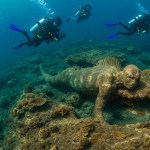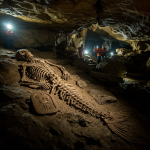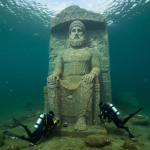History: To Touch or Not To Touch?
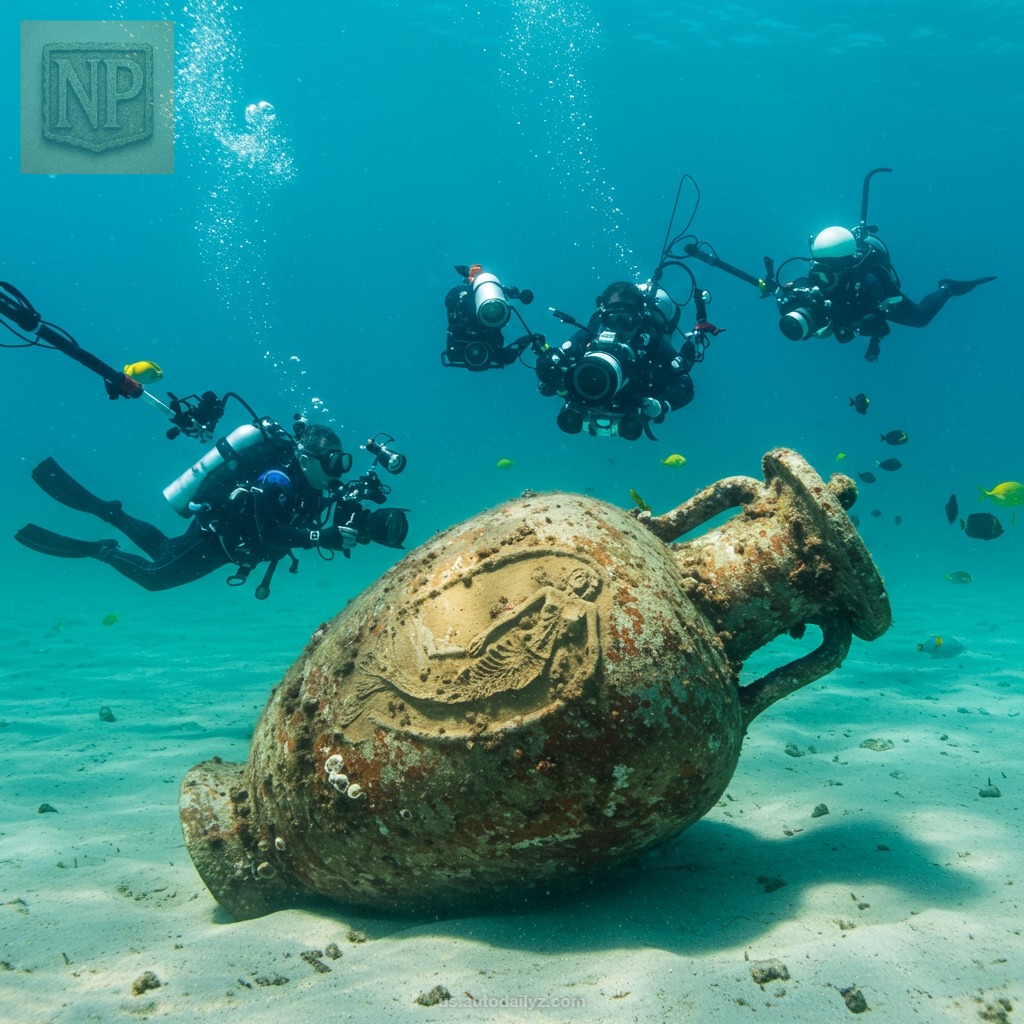
A Discovery Beneath the Waves
Beneath the tranquil surface of the sea, divers have encountered an ancient amphora lying undisturbed on the seabed—a relic that has survived centuries in silence. The image is captivating, not only for its archaeological value but also for the ethical questions it raises. Each artifact found underwater represents more than just history; it is also part of a fragile ecosystem and a story preserved in its natural resting place.

The Case for Preservation vs. Recovery
The debate surrounding such finds is far from simple. On one hand, leaving the amphora untouched maintains its historical context and protects the surrounding marine environment. On the other hand, bringing it to the surface allows experts to study, conserve, and share it with the world, ensuring it is safeguarded against natural decay or looting. Both choices reflect valid concerns: preservation of sanctity versus the pursuit of knowledge and public access.
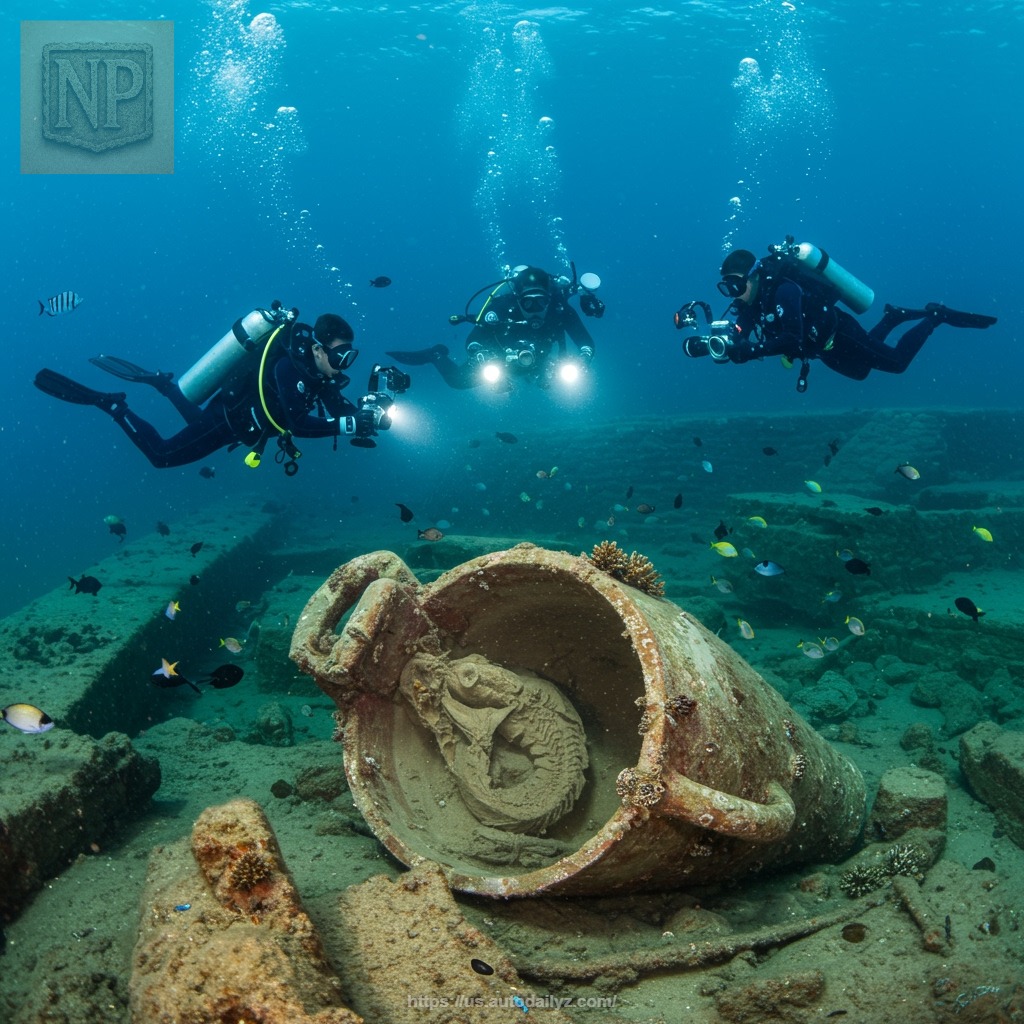
Balancing Ethics and Exploration
Ultimately, the question becomes one of balance—how to respect the integrity of the past while advancing human understanding. Should humanity prioritize keeping history hidden beneath the waves, or take on the responsibility of recovering and preserving it for future generations? This underwater dilemma underscores the fine line between exploration and intrusion, leaving us to ponder whether some treasures of history are best admired where they lie.



